Sustainable Egyptian desert campus offers model for green building
Architect Sarah El Battouty of ECOnsult leads the sustainable design of Bahareya Village, an eco-friendly compound for farm workers in the Western Desert of Egypt
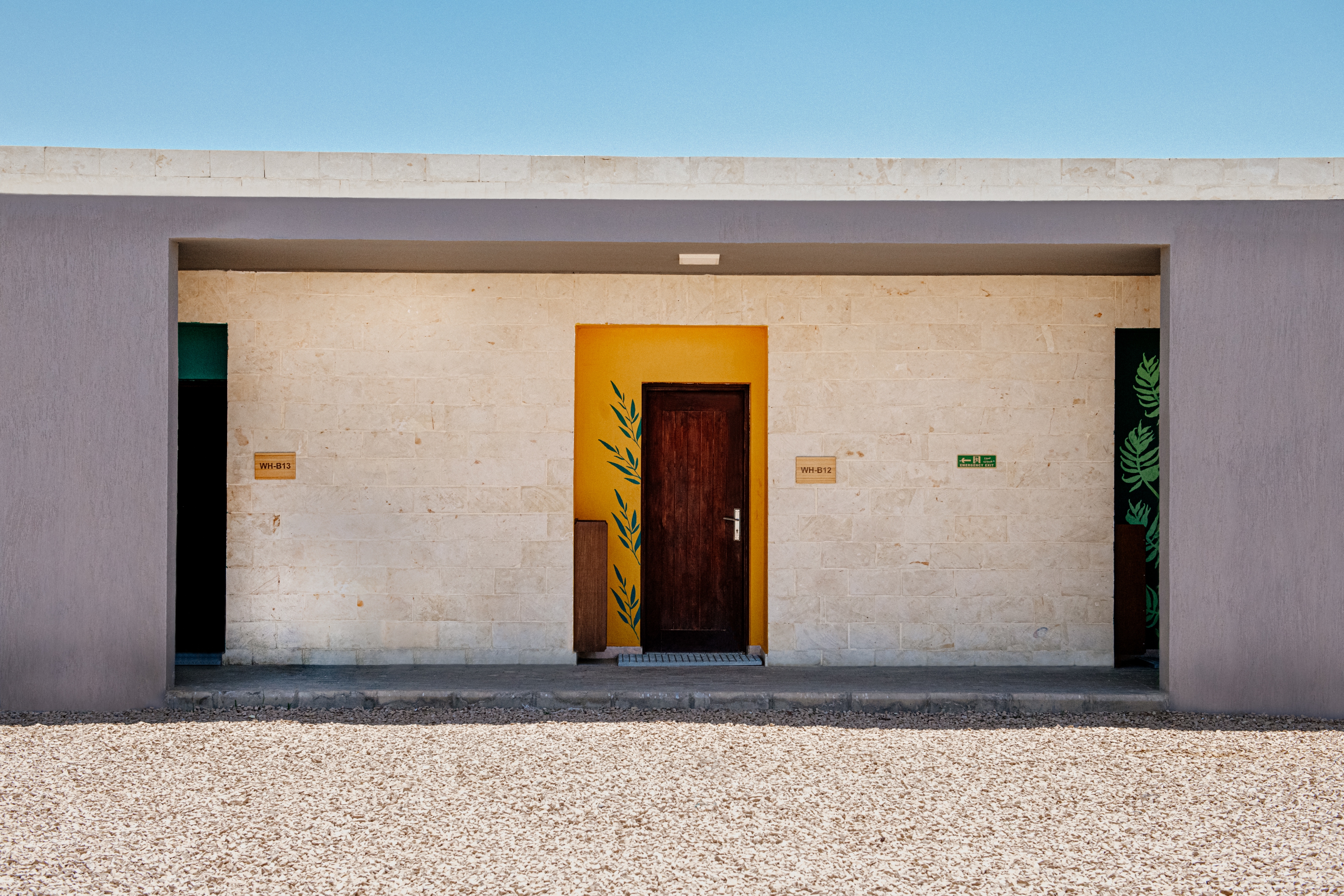
A collection of sandy blocks are set on a rugged desert landscape some 450 kilometres outside Cairo. The Bahareya Village is home to the farming community engaged by organic tea producer, Royal Herbs. Its solar powered sustainable campus is nestled beneath a mountain range in Egypt’s western desert – and it’s the very essence of green living for agricultural workers.
Gravel manufactured from recycled construction waste provides the base for the minimalist concrete structures. These buildings, housing up to 150 people, contain a cafeteria, medical facilities, mosque and communal spaces. Cacti scattered throughout the campus offer splashes of greenery without compromising on a commitment to water efficiency.
The design was led by Sarah El Battouty, the founder of Egyptian-based sustainability-led architectural firm ECOnsult, who was tasked with creating natural cooling through thoughtful design.
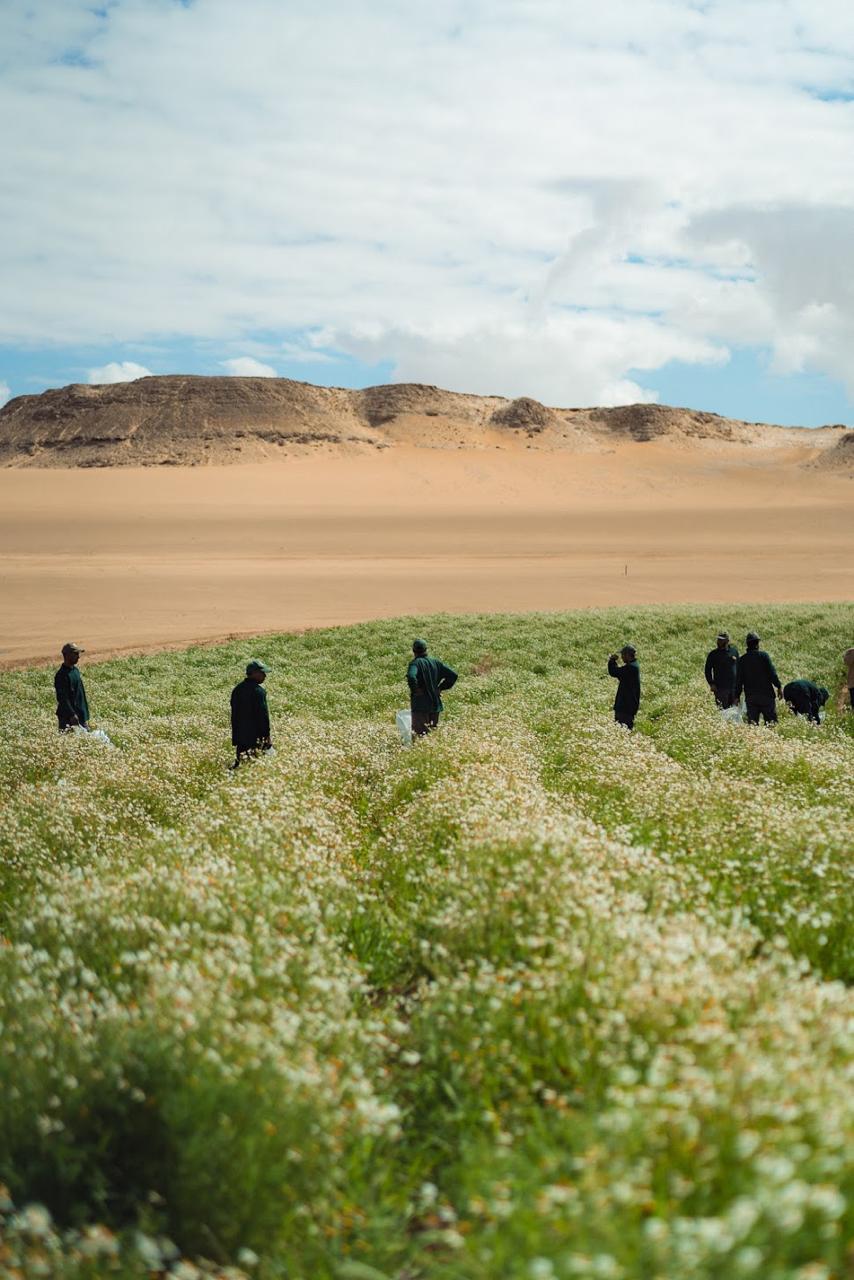
El Battouty studied the natural airflow and sunlight on location over time, discovering ways to manipulate the breeze and enhance shade. Cantilevered shelter is adopted for walkways leading to entrances; deep shaded areas in dark colours help to reduce temperatures by controlling the amount of air exposed to light.
The discovery of a nearby limestone quarry was a triumph for the architect. Due to the thermal quality of the stone, it remains cool even at the height of the afternoon sun, rendering the material ideal for cladding. Rooftops were built with light reflective elements and recycled concrete tiles were laid within rooms due to its ability to resist heat.
A technique El Battouty borrowed from desert communities – raising the foundations of the buildings to create distance between the floor and therefore the rising heat from the land – reduced indoor temperatures by eight to 10 degrees. ‘Sustainable housing has existed in indigenous communities for millennia,' El Battouty says. ‘They include the elements in everything that they do.'
The design was recently shortlisted by Ashden, an organization that runs an award scheme for innovative solutions to tackle climate change. The judges were impressed by the smart approach to building in hot climates, eliminating the need for carbon generating air conditioning systems. The considered design showcases the potential of low technology, sustainable solutions and could potentially become a prototype for creating natural cooling around the world.

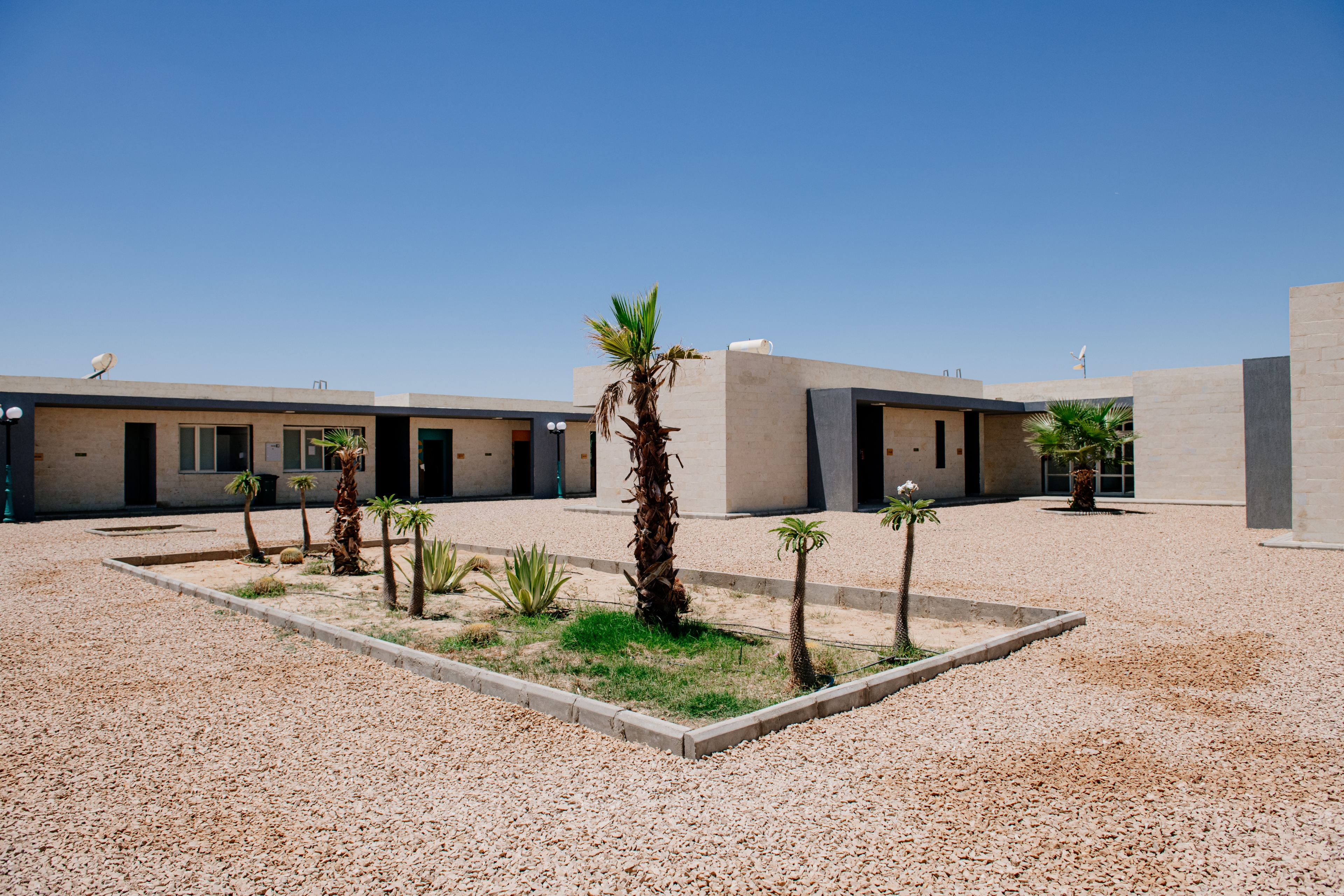
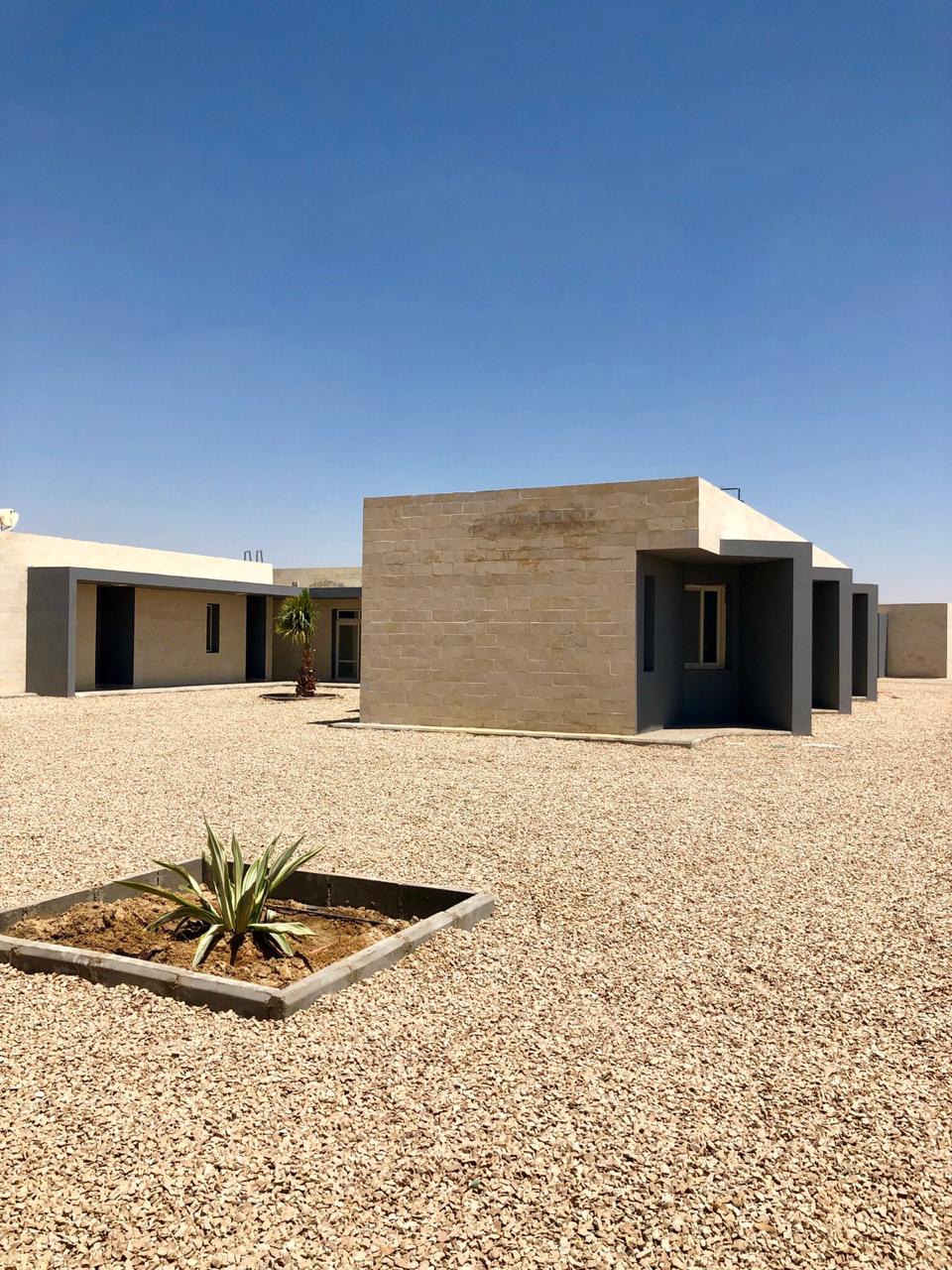
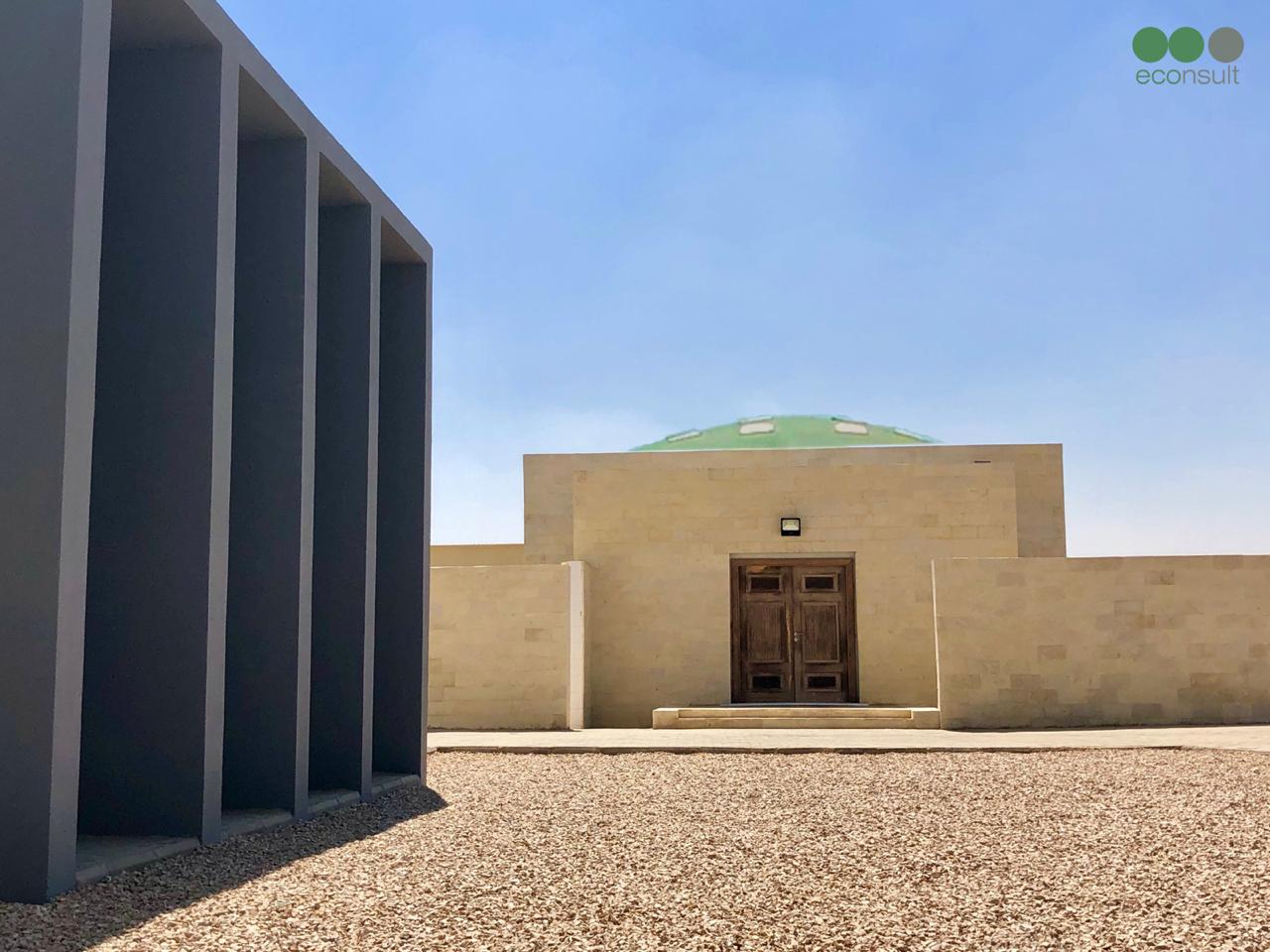
INFORMATION
Receive our daily digest of inspiration, escapism and design stories from around the world direct to your inbox.
Ijeoma Ndukwe is an award-winning writer and journalist based in London. Her work has been published and broadcast on international platforms including the BBC, Al Jazeera and The New York Times.
-
 NYC’s first alcohol-free members’ club is full of spirit
NYC’s first alcohol-free members’ club is full of spiritThe Maze NYC is a design-led social hub in Flatiron, redefining how the city gathers with an alcohol-free, community-driven ethos
-
 Inside Helmut Lang’s fashion archive in Vienna, which still defines how we dress today
Inside Helmut Lang’s fashion archive in Vienna, which still defines how we dress todayNew exhibition ‘Séance de Travail 1986-2005’ at MAK in Vienna puts Helmut Lang’s extraordinary fashion archive on view for the first time, capturing the Austrian designer-turned-artist’s enduring legacy
-
 Eclectic and colourful, Charlie Ferrer’s home reflects the interior designer’s personal and professional evolution
Eclectic and colourful, Charlie Ferrer’s home reflects the interior designer’s personal and professional evolutionThe New York interior designer invites us into his new Greenwich Village home: come on in
-
 At the Holcim Foundation Forum and its Grand Prizes, sustainability is both urgent and hopeful
At the Holcim Foundation Forum and its Grand Prizes, sustainability is both urgent and hopefulThe Holcim Foundation Forum just took place in Venice, culminating in the announcement of the organisation's Grand Prizes, the projects especially honoured among 20 previously announced winning designs
-
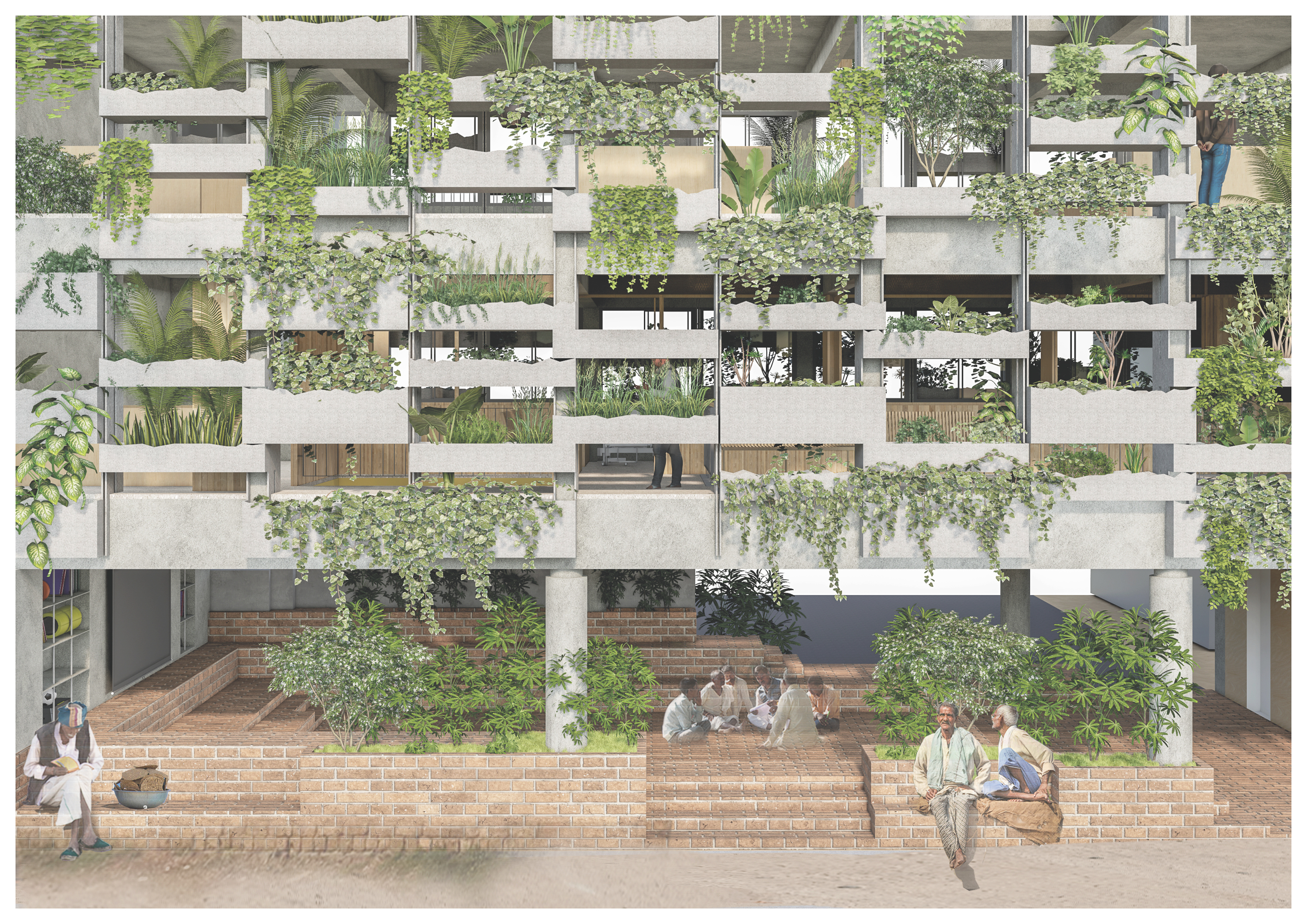 Holcim Foundation Awards celebrate sustainability with 20 winners; Sou Fujimoto explains all
Holcim Foundation Awards celebrate sustainability with 20 winners; Sou Fujimoto explains allThe 2025 Holcim Foundation Awards have just been announced, crowning 20 projects from across the globe as the most inspirational schemes in the field of sustainable architecture; we caught up with Asia Pacific jury chair Sou Fujimoto to find out more
-
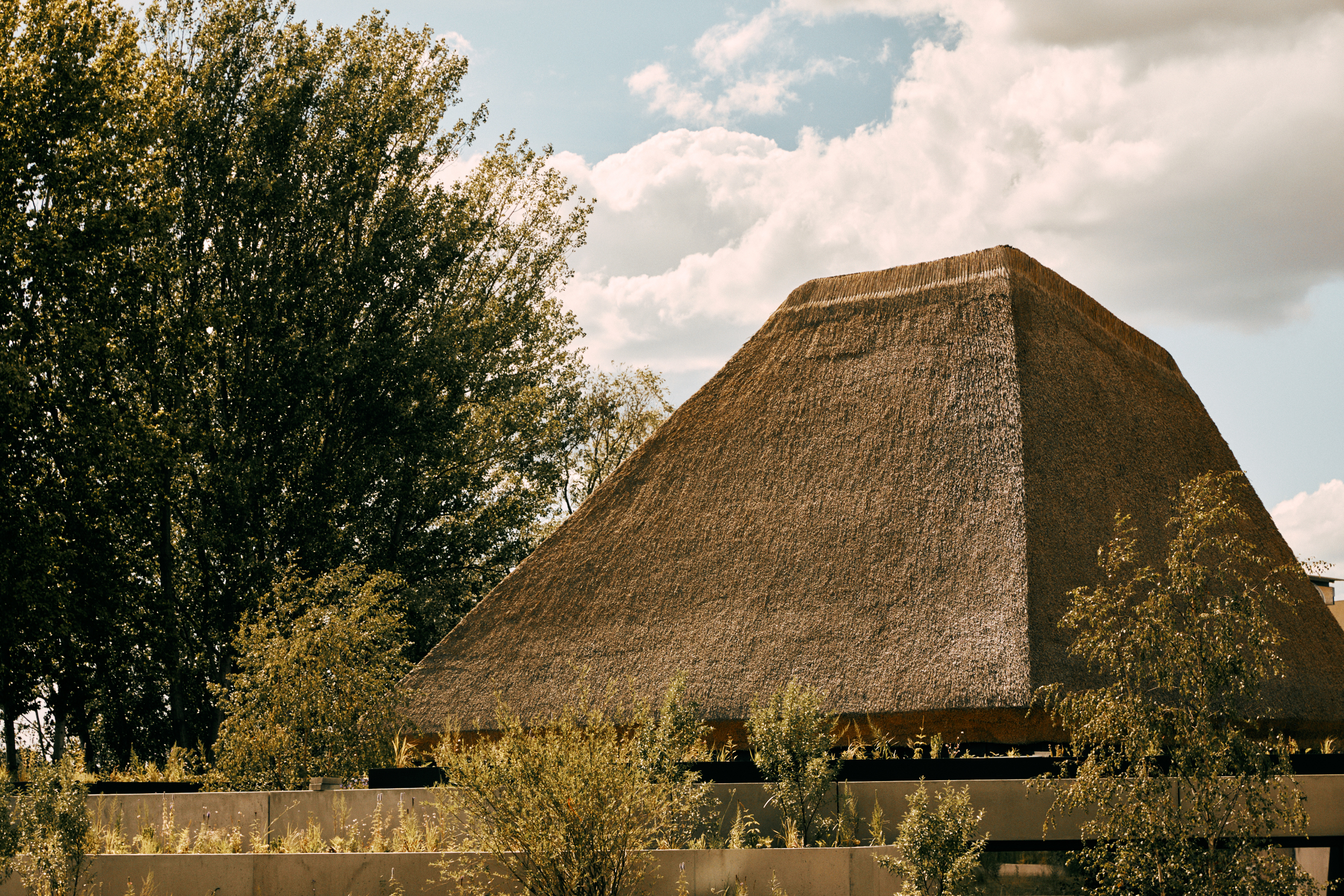 What are biomaterials? Everything you need to know about Mother Nature's building blocks
What are biomaterials? Everything you need to know about Mother Nature's building blocksCould the cities of the future be grown from plants, bacteria and fungi? Architects explain
-
 What is eco-brutalism? Inside the green monoliths of the movement
What is eco-brutalism? Inside the green monoliths of the movementThe juxtaposition of stark concrete and tumbling greenery is eminently Instagrammable, but how does this architectural movement address the sustainability issues associated with brutalism?
-
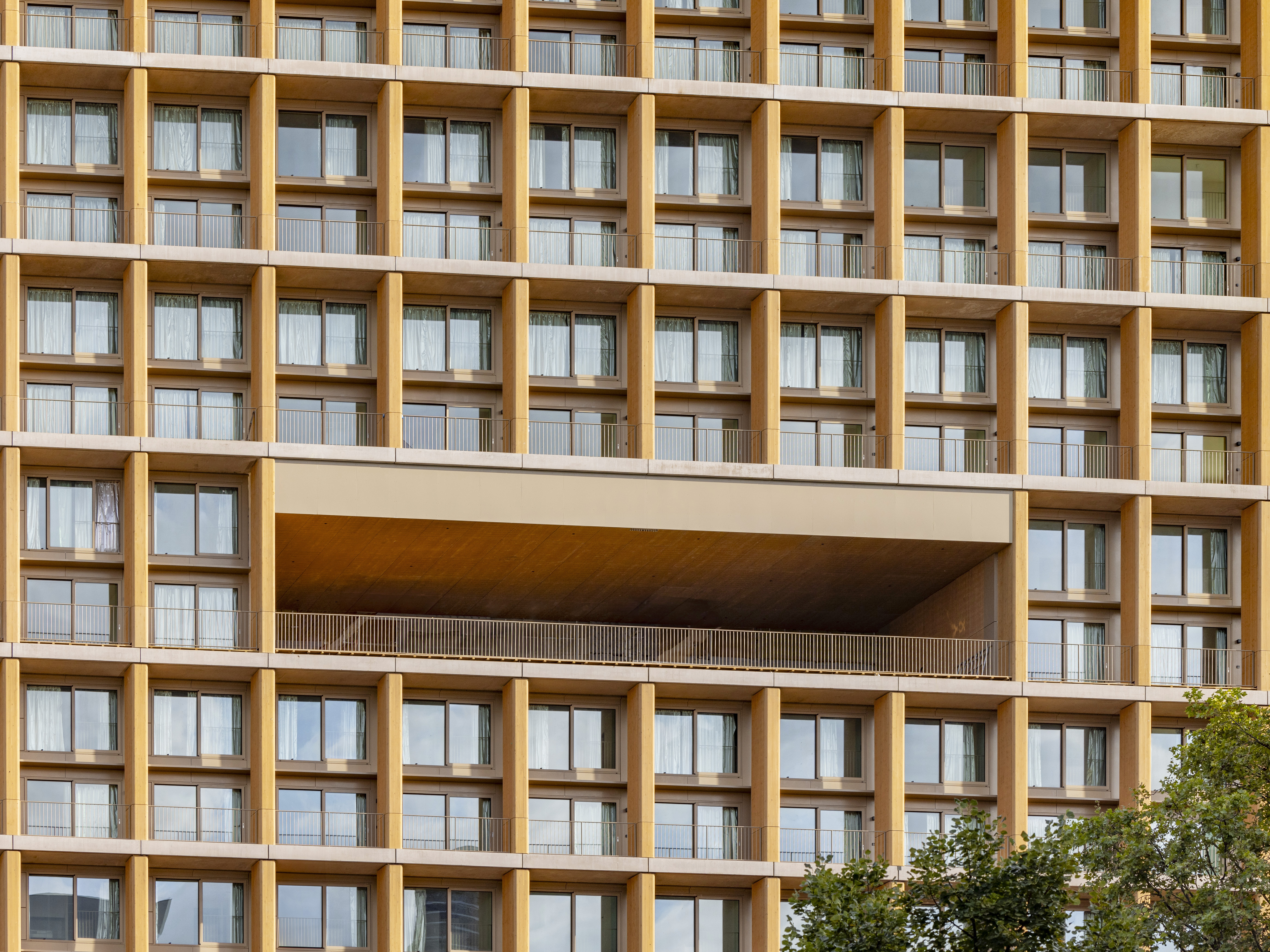 Explore wood architecture, Paris' new timber tower and how to make sustainable construction look ‘iconic’
Explore wood architecture, Paris' new timber tower and how to make sustainable construction look ‘iconic’A new timber tower brings wood architecture into sharp focus in Paris and highlights ways to craft buildings that are both sustainable and look great: we spoke to project architects LAN, and explore the genre through further examples
-
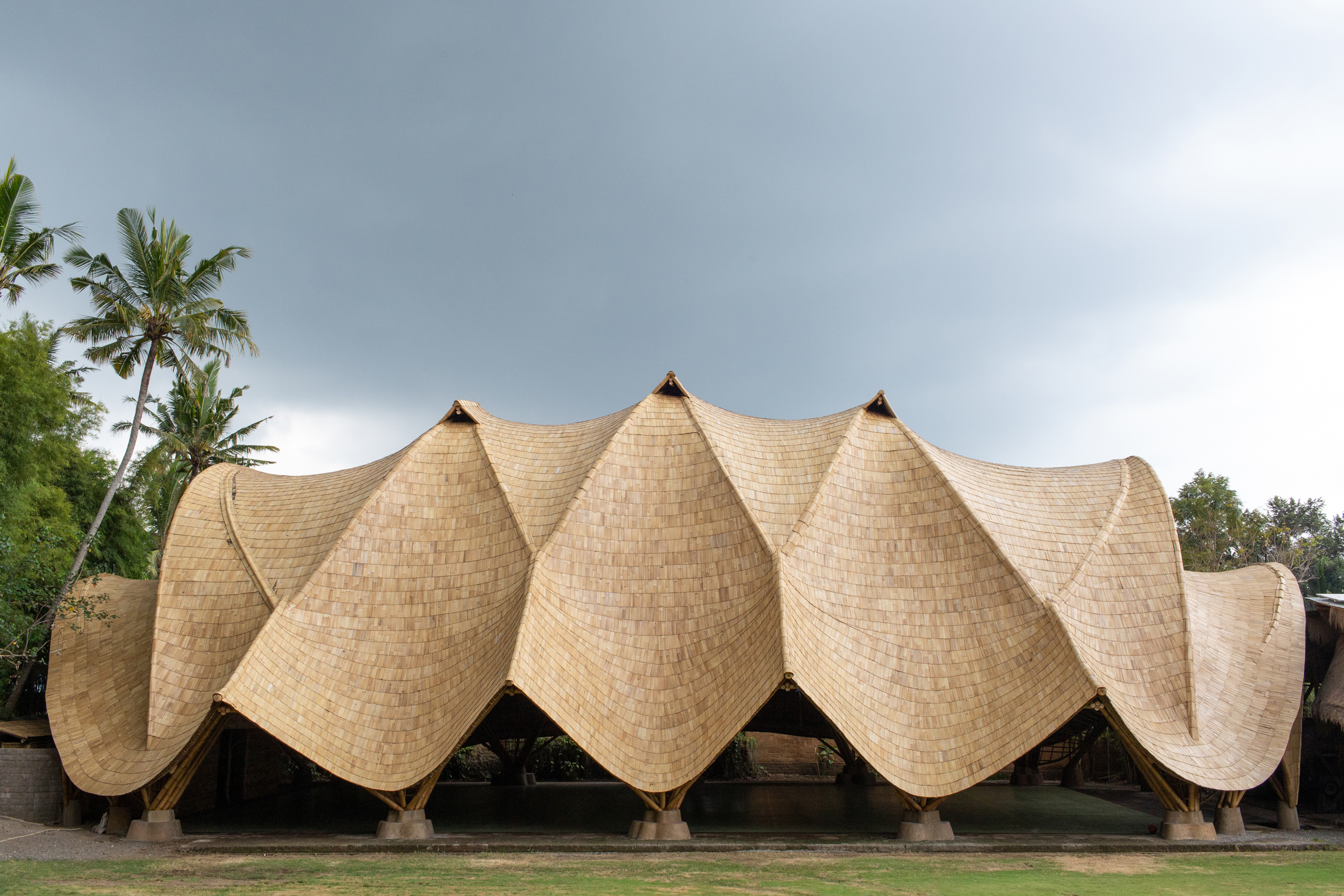 Building with bamboo: In Bali, designer, Elora Hardy, shares her tips and experience
Building with bamboo: In Bali, designer, Elora Hardy, shares her tips and experienceBamboo architecture can be powerful and sustainable; here, we talk to Ibuku's Elora Hardy, who shares her tips, thoughts and experience in working with the material in Bali
-
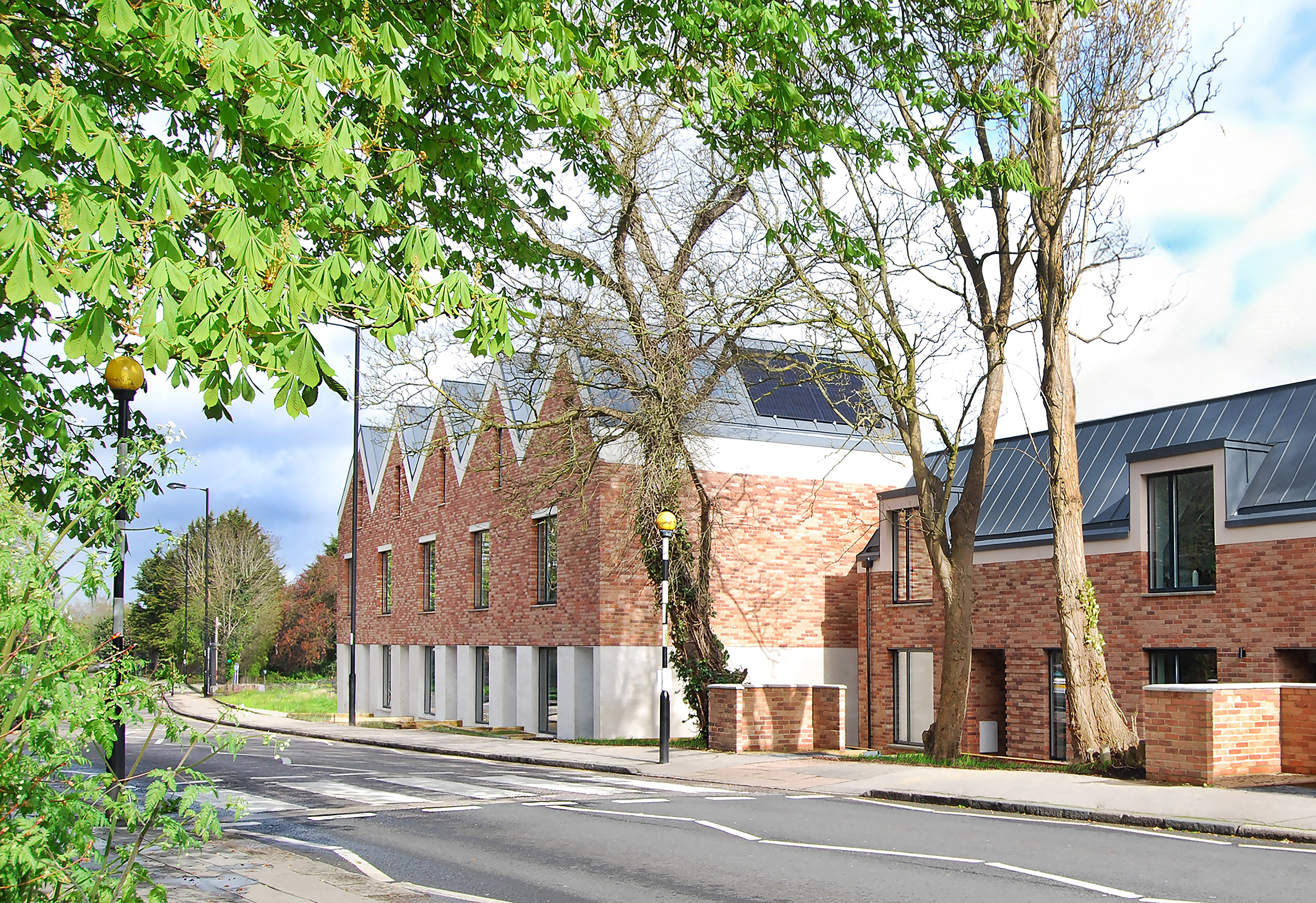 Hermitage Mews is a net-zero family of homes in London’s Crystal Palace
Hermitage Mews is a net-zero family of homes in London’s Crystal PalaceHermitage Mews by Gbolade Design Studio is a sustainable residential complex in south London's Crystal Palace, conceived to be green and contextual
-
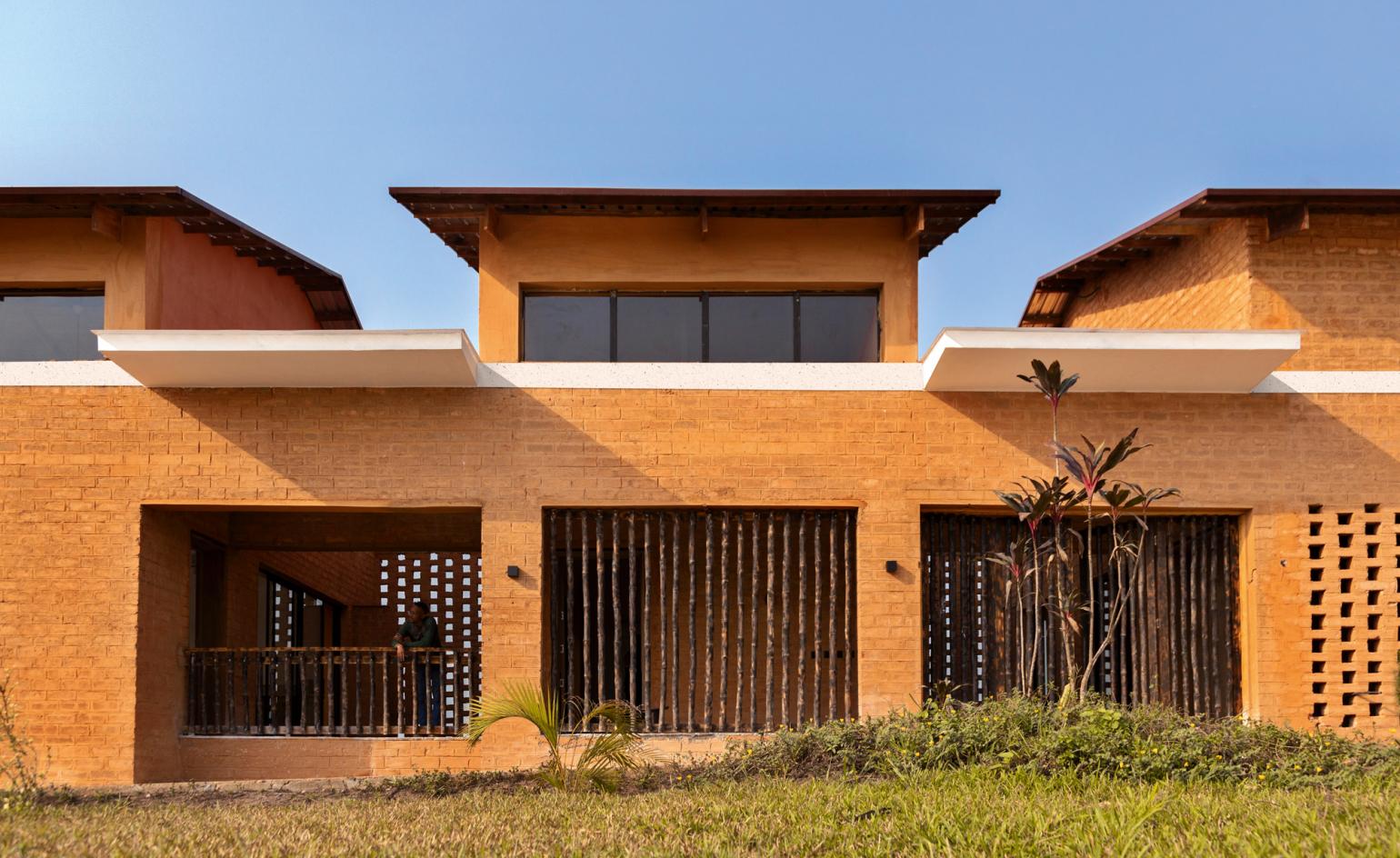 Sustainable architecture: 46 innovative and inspiring building designs
Sustainable architecture: 46 innovative and inspiring building designsThis is sustainable architecture at its best: from amazing abodes to centres of care and hard-working offices, these buildings not only look good but also do good